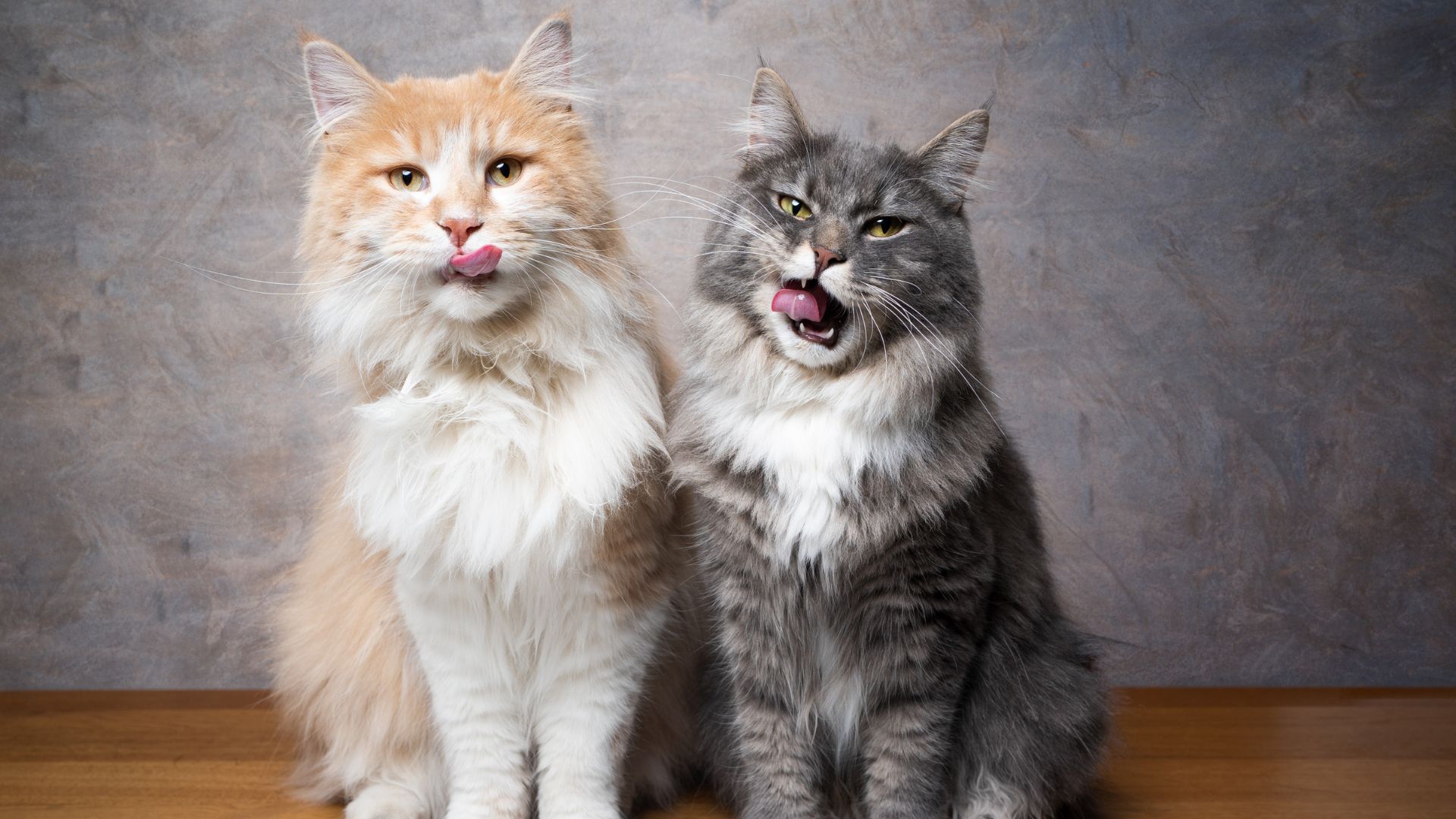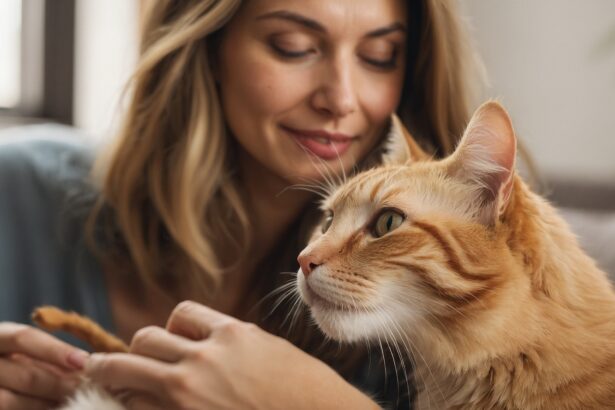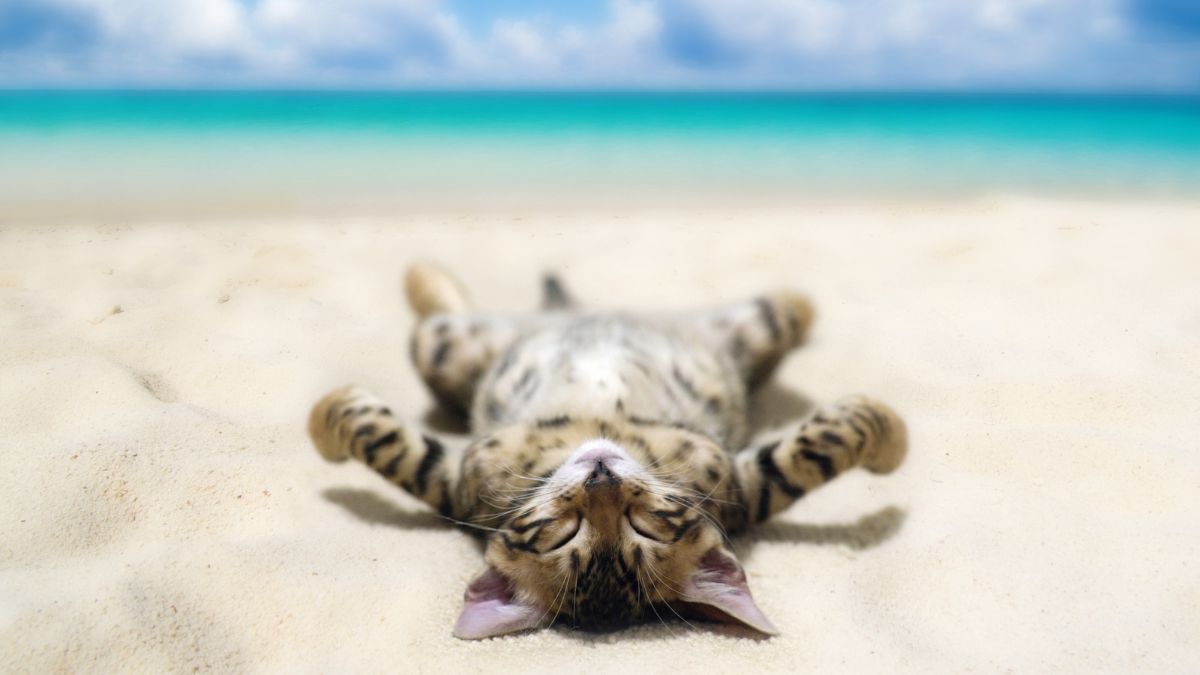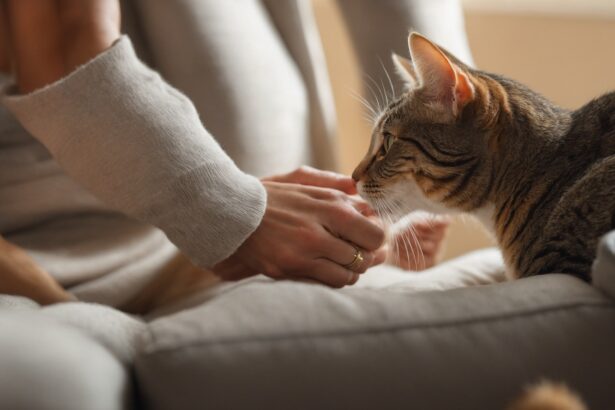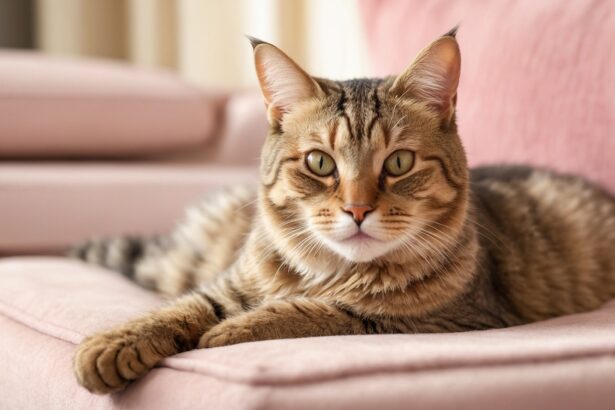Introduction
Big, silky and delightfully chatty, the Maine Coon charms at first trill. But what’s the real Maine Coon origin story? Let’s lift the veil—myths, truths and a sprinkle of whiskered wonder.
Curious about how origin shapes behavior? Take a peek at this overview of Maine Coon temperament and roots for a fuller picture.
Origins: legends… and the most likely truth
For decades, the breed has sailed through tales as much as through history. The most popular (and fanciful) myths include:
- The raccoon romance: genetically impossible, even if that big feather-duster tail fuels the gossip.
- Lynx lineage: no blood ties—those “lynx tips” are simply handy ear tufts for harsh weather.
- Marie Antoinette’s escape cats: a lovely seafaring story, but no solid proof.
The most credible version? Farm and ship cats reached New England and adapted to the Maine climate over generations. Dense, water-repellent coats, sturdy frames and that glorious tail were shaped by nature and outdoor life.
Surprising fact: the Maine Coon has been the official state cat of Maine since 1985—regional pride with whiskers.
Want a deeper dive into feline roots in general? This read on the wild ancestor of our cats puts breed histories into context.
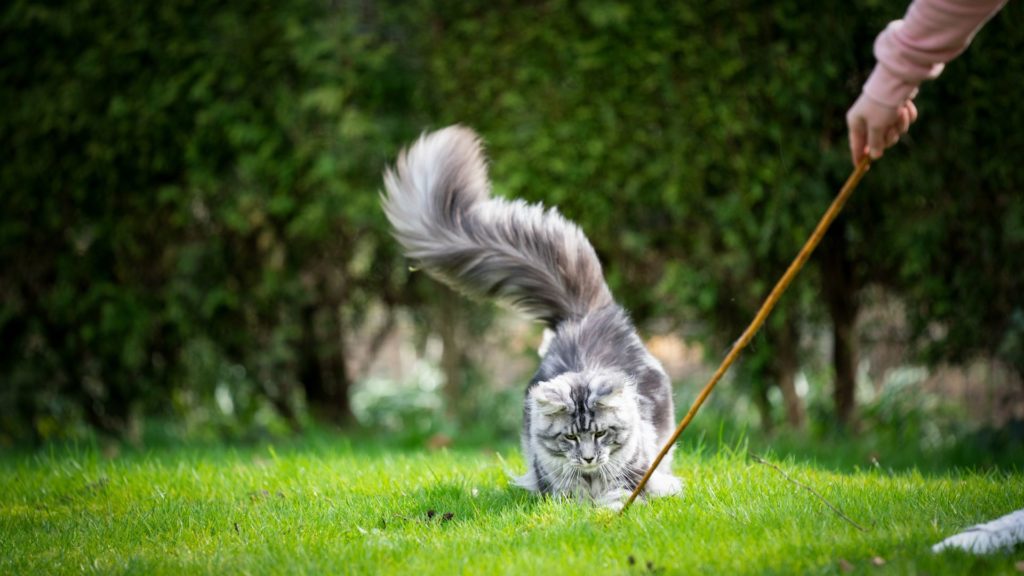
Features that tell its story
Every detail of the Maine Coon whispers “clever adaptation”:
- Size and build: among the largest domestic cats; males often over 6–8 kg, females lighter but athletic.
- Coat: semi-long, thick, water-resistant; shorter on head and back, longer on belly and tail.
- Tail: long, sweeping and ultra-fluffy—an elegant scarf in winter, a balance pole all year.
- Ears: tall with protective furnishings and those iconic tufted tips.
- Paws: broad, often with hair between toes to handle snow and damp.
Many Maine Coons adore water. With a beading coat and curious mind, don’t be surprised if a paw tests bathwater… right before the cat follows.
Practical tip: track weight monthly to catch changes early. Hold your cat on a bathroom scale, note the total, then subtract your own weight—simple, stress-free, and helpful for long-term health.
If grooming feels overwhelming, this step-by-step cat grooming guide keeps coat care easy and kind.
Temperament: the original gentle giant
Sociable, confident and playfully observant, the Maine Coon wears its “gentle giant” title with grace. Expect chirps and trills, family participation, and great rapport with children and other pets.
- Bright: puzzle games, treat dispensers, even a few tricks—mental workouts keep them happy.
- Active: climbing, patrolling, people-watching—offer vertical space and rotating play.
- Affectionate (their way): close without being clingy; expert in measured tenderness.
Bonus tip: introduce a harness young with short, treat-led sessions. Their calm nature often translates beautifully outdoors.
Common mistake to avoid: shaving the coat in summer. The double coat insulates against heat as well as cold; clipping can disrupt thermoregulation and irritate skin. Opt for regular brushing and cool, well-ventilated rooms instead. For tailored routines, explore Maine Coon care tips.

Popularity and responsible breeding
Now loved around the world and recognized by major cat registries, the breed’s fame also attracts shortcuts. Keep your future gentle giant safe with a few non-negotiables.
- Health first: ask for genetic tests on breeding cats (HCM, SMA, PKDef) and regular cardiac ultrasounds.
- Rich socialization: kittens should grow up at the heart of the home, handled and stimulated early.
- Not too early to leave: before 12–13 weeks, you risk poorer social skills and a weaker immune foundation.
Resist choosing by price alone. A transparent breeder explains pairings, shows facilities and provides a complete health file. Here’s how to choose a good cattery with confidence.
Hesitating between big Nordic beauties? Meet the Norwegian Forest Cat—similar cold-climate origins, unique personality, and its own irresistible charm.
Conclusion
Beyond pretty legends, the Maine Coon origin is a tribute to nature’s smarts and families who welcomed a capable farm cat into the home. Imposing stature outside, velvet heart within.
Choose thoughtful breeding, respect that marvelous coat, and enrich daily life—you’ll offer your gentle giant the world it deserves. In return? Soft trills, quiet company and a sofa warmed by love.
FAQ
What is the most likely Maine Coon origin?
Farm and ship cats reached New England and adapted to Maine’s tough climate over generations—natural selection did the heavy lifting.
Is the Maine Coon part raccoon or lynx?
No. Those myths are charming but false. Tufted ears and a plush tail are cold-weather adaptations, not proof of hybrid ancestry.
Why is the Maine Coon tail so fluffy?
It’s functional and beautiful: insulation in winter (think scarf), balance for agile moves, and a great signal flag during play.
Do Maine Coons really like water?
Many do! Their water-resistant coat and curious nature often spark bath-time paw dips. A pet fountain can make hydration fun and easy.


